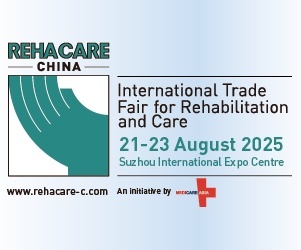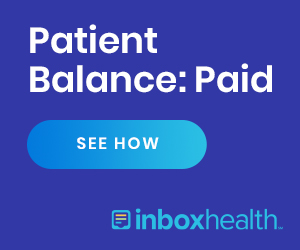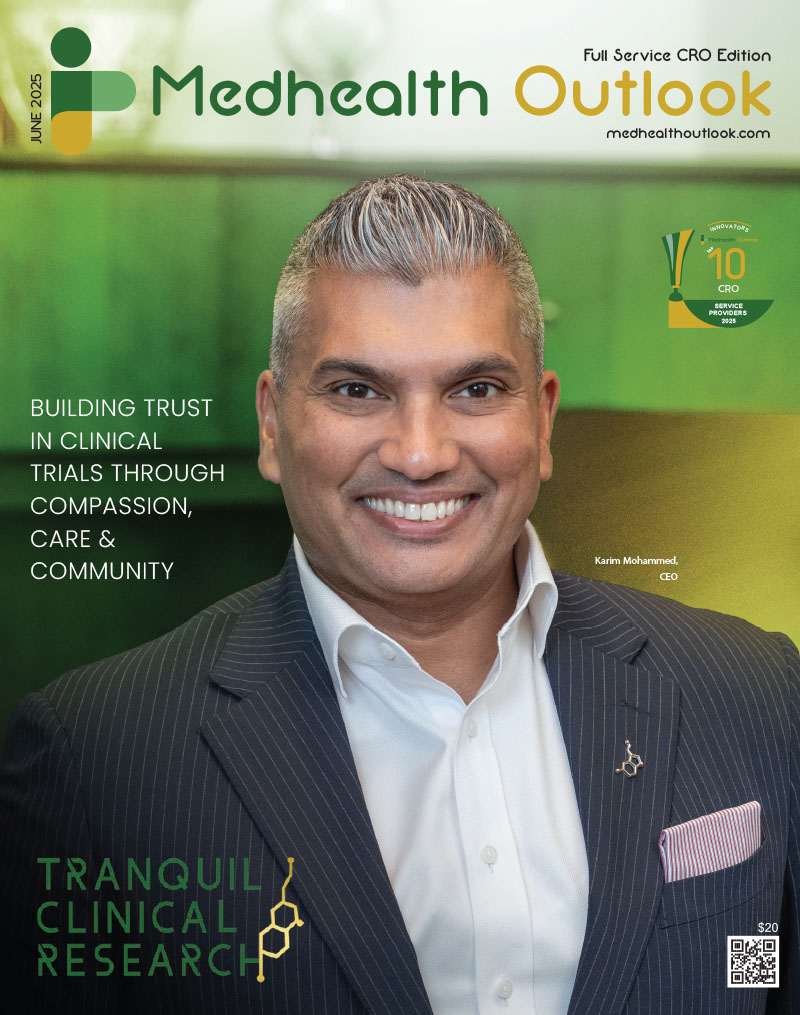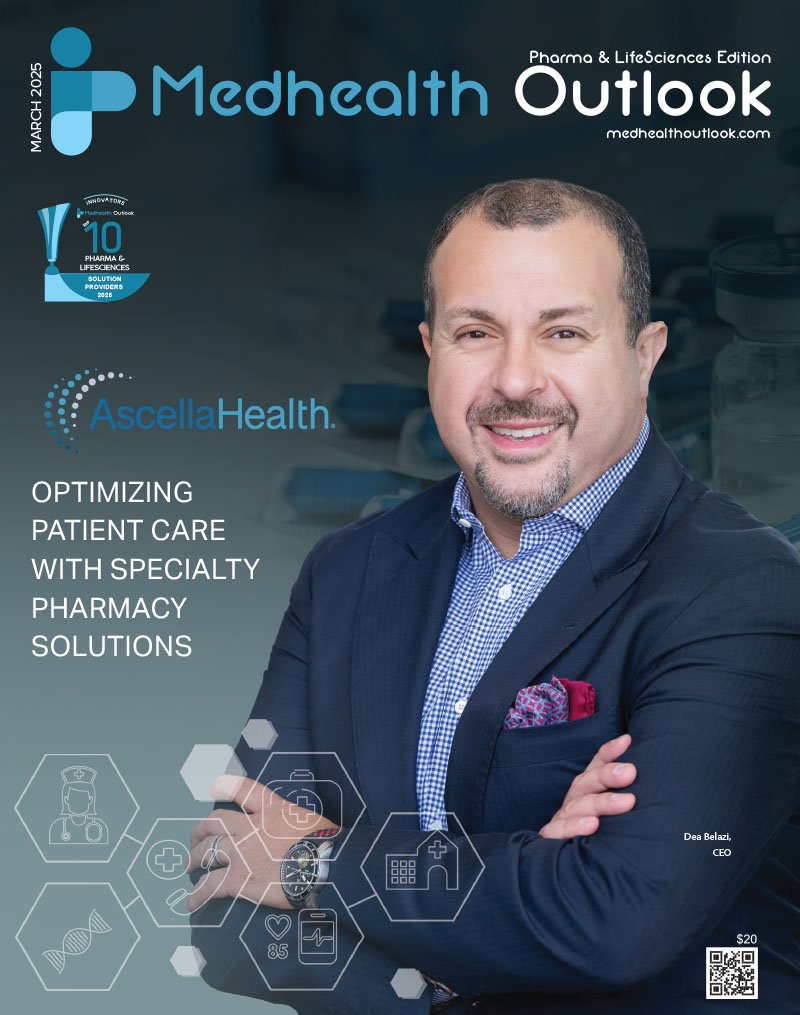The tech and data tsunami is here, but do we have the right platforms in place to catch the wave? The wave of technology is surging, tsunami-like, into view. And as it rushes toward us, the cost of those tools is dropping almost as rapidly as our options are growing. You can now triage at home and a smartpatch now collects all the data they do in intensive care. The ultrasound that once cost $100,000 can now be had with a $1,000 device that plugs into your smartphone. Speaking of our smart phones, that health app built into your iOS can be shared with your doctor. Patients can now share information with his doctor and now they can see our data…it’s like a FICO score for healthcare!
ResearchKit and CareKit are two other apps that allow researchers to “gather robust and meaningful data,” Apple’s website explains. How we handle the data will either heal us or further hamper healthcare. We have terabytes of data. But what are we going to do with all of it?If managed well, the technology that is allowing for “the Uberization of healthcare could basically bring back the house call, and make more effective, personalized healthcare the new standard.
It won’t be easy, and in fact, the onslaught of information could get in the way of the doctor-patient relationship if systems aren’t in place to put the technology and data to good use. Managing the mountains of data is one problem that remains to be solved. Who will pay for the devices that collect it is another. Yet another: creating systems to keep the data flowing to those who need to see it, while maintaining privacy and keeping our health data secure.
Technology can help us manage our health, better than ever, but however technically advanced, devices cannot overcome the human factor. We’ve spent the last three to five years building up the technical, governance, and operational muscles for how to exercise your right of access in the digital era. And thankfully, we have a fairly clear runway for health plans, health systems and physician practices to turn on this capability on a common standard over the next 12 to 24 months. So that’s the part that’s exciting for me. What healthcare needs is a new model around the healthcare dollar which says that that the dollar allocation that the market is prepared to pay for healthcare should be driven/steered based on who delivers the most value at the best price and the best outcomes and what that tends to do is to put the consumer at the center and the provider and the payer on the same side of the table where they’re incentivized to produce better outcomes on behalf of the consumer- both quality and cost outcomes and actually share in the rewards both the economic incentives for the provider and the payer and also lower costs for the consumer with better quality outcomes.
The value-based care and price transparency rules—may actually have a much stronger demand signal for higher-quality apps than complying with interoperability regulations. We’re about to move to the most ambitious capitation experiment in public-sector healthcare, which is the Medicare Direct Contracting program. This essentially allows a doctor to take upside-downside risk on 95 percent of the capitated premium for a Medicare patient. One of the most powerful use cases in that model is called voluntary alignment, where a doctor can recruit a brand-new patient that has not been in their practice before, and in effectively a digital DocuSign experience, can associate that new patient to the practice—not just for the office visit revenue, but the entire 95 percent of capitated premium risk. So, that idea of digital voluntary alignment is going to put another demand signal onto the higher-quality apps.


















